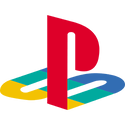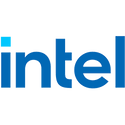
NVIDIA RTX 3080 Ti, Eventual SUPER Revisions Allegedly Postponed Indefinitely Amidst Supply Woes
Everyone and their mother expected NVIDIA to announce - if not a SUPER refresh to their existing graphics cards with increased memory sizes - at least the RTX 3080 Ti. That card surfaced as a planned NVIDIA counter to AMD's preemptive pricing of $999 on its RX 6900 XT graphics card (which to be fair, is in itself as abundant a card as unicorns this side of the galaxy). GamersNexus reported NVIDIA partners' comments on the indefinite postponement of the RTX 3080 Ti and possible SUPER derivatives of the RTX 30-series lineup. It's being said that NVIDIA decided (smartly, I would say) to ensure consistent supply of their existing lineup to sate demand, instead of dispersing its limited chip production across even more product lines.
This would result, I have no doubt, on NVIDIA only having even more SKUs out of stock than they currently do. Considering the market's current state of mind in regards to NVIDIA's lineup, this seems like the most sensible decision possible. TechPowerUp has in the meantime confirmed this information with NVIDIA partners themselves.
This would result, I have no doubt, on NVIDIA only having even more SKUs out of stock than they currently do. Considering the market's current state of mind in regards to NVIDIA's lineup, this seems like the most sensible decision possible. TechPowerUp has in the meantime confirmed this information with NVIDIA partners themselves.
















































